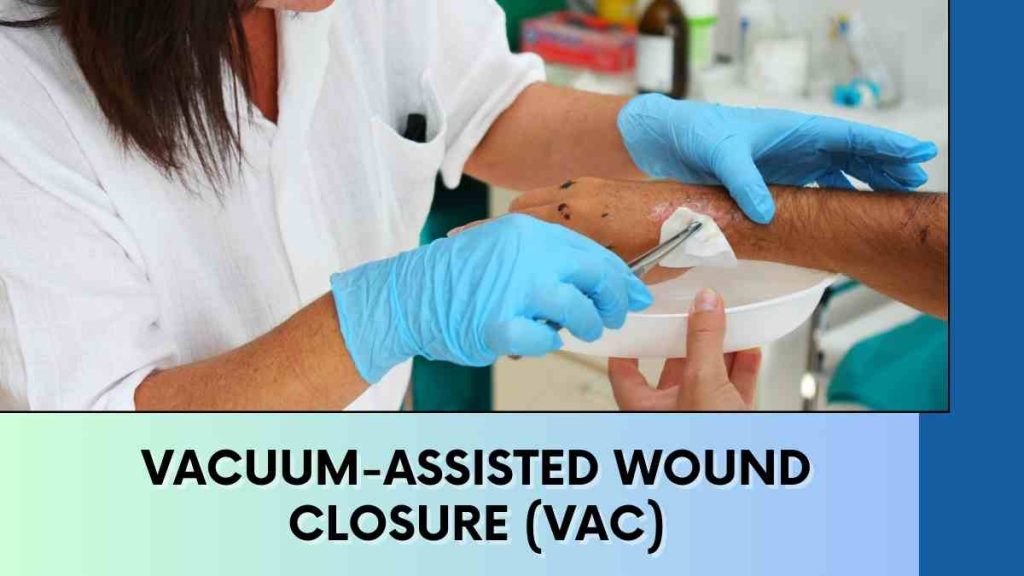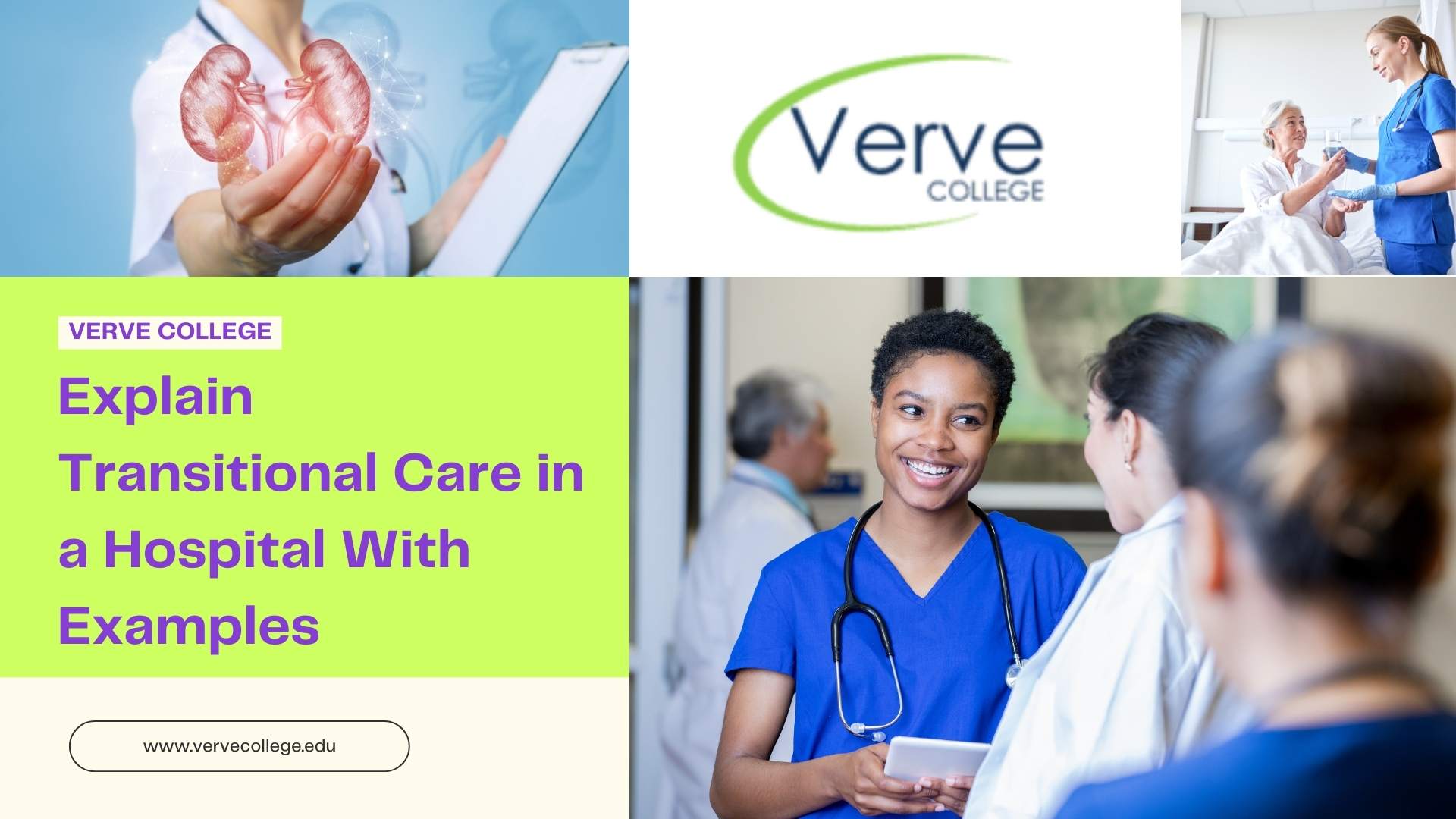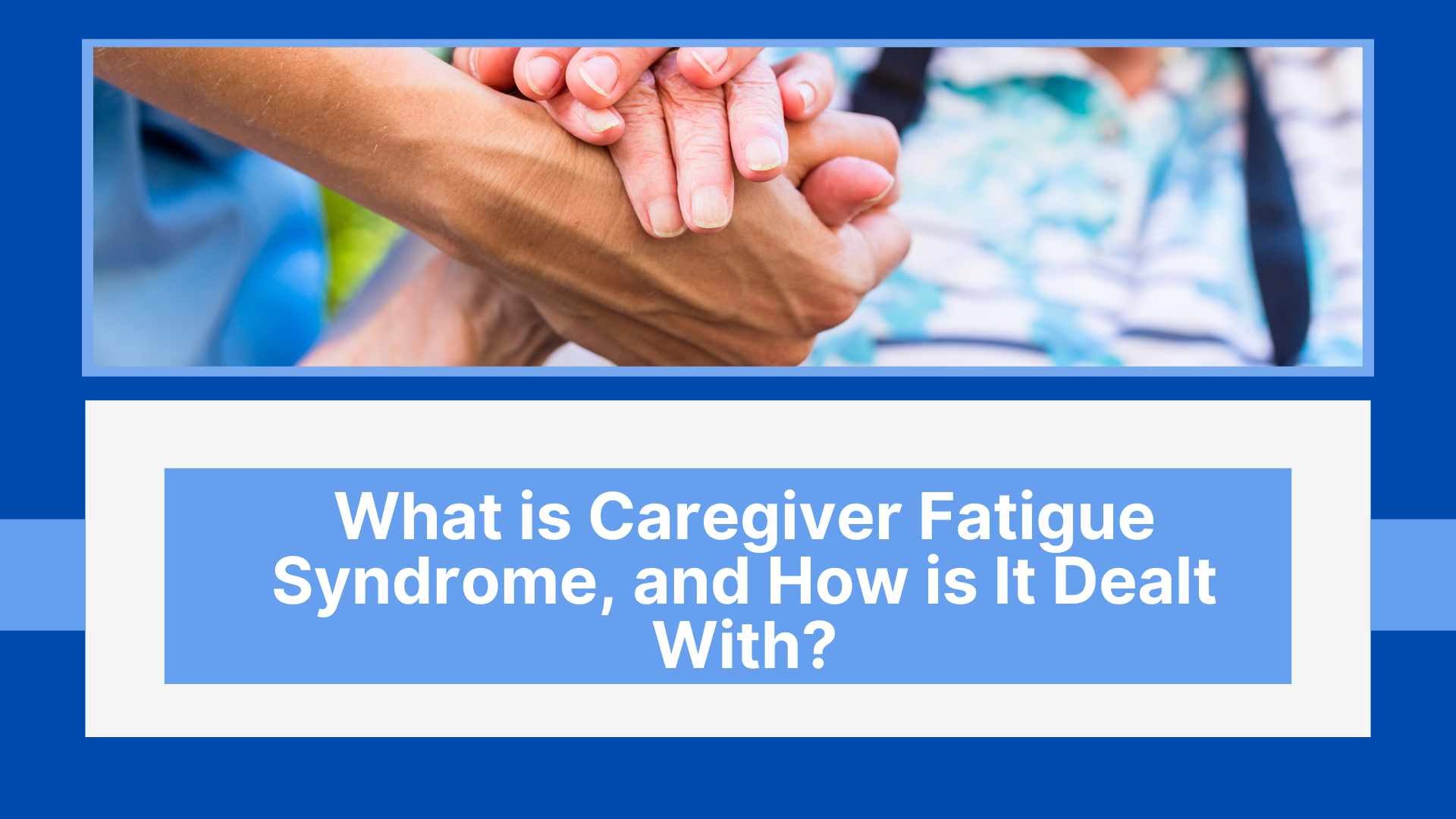- Oak Brook:(630) 705-9999
- Chicago:(312) 920-8822
- Email:inquiry@vervecollege.edu
- Make a Payment
- Home
- Programs
- Admission
- Resources
- ATI Entrance Exam Resources
- New E-Digital Library
- Refer a Friend
- School Newsletter
- Events
- Employers
- Job-Network
- Alpha Beta Kappa Candidates
- Verve College Library
- Graduation and Pinning Ceremony Photo Galleries
- Textbook Information
- Career Services
- Tutoring
- School Catalog
- FAQ
- Constitution Day Program
- Alumni
- Verve College Plans
- Financial Aid
- HEERF Reporting
- Satisfactory Academic Progress
- Apply For Financial Aid
- Net Price Calculator
- Return of Title IV Funds (R2T4)
- Financial Aid Office Code of Conduct
- Contact
- FAQs
- Verification Policy
- Vaccination Policy
- Student Right-to-Know Act
- Misrepresentation
- Information Security Program
- Academic Award Year
- Availability of Employee
- Cost of Attendance
- Health & Safety Exemption Requirement
- Students Rights and Responsibilities
- Leave of Absence
- Pell Formula
- Military Students
- Grants/ Scholarship Policy
- Contact Us
- Login
- Testimonials
- Blog
Is a Nursing Career Right For You?
Take The Free Quiz
About Vacuum-Assisted Wound Closure (VAC)
About Vacuum-Assisted Wound Closure (VAC)
The Vacuum-Assisted Closure (VAC) technique can decrease air pressure around an open wound to aid healing and decrease air pressure around it. Also referred to as negative pressure wound therapy, VAC uses vacuum technology to decrease air pressure around a soft tissue injury for maximum healing results.
At VAC surgical procedures, an experienced healthcare provider applies a foam bandage over an open wound before using a vacuum pump to create negative pressure; then receives less pressure than in the air, and thus, the edges of its cut come together under reduced tension. Most clinical trial on both humans and animals found that VAC wound surgical closure techniques are as effective, or even more efficient, than conventional techniques for closing wounds.
This article details the role and benefits of VAC therapy (closure wound therapy) for infected wound healing while answering frequently asked questions on this subject matter and emphasizing ati nursing school for licensure as a potential resource.
Who Should Utilize VAC Therapy for Wounds?
VAC became popular as an option for treating wounds in the 1990s and is typically recommended as appropriate standard care for individuals suffering from:
Burns
A retrospective review assessed the efficacy of VAC treatment on children suffering soft tissue trauma or burns.
Researchers discovered a correlation between third-degree burn size and VAC administration frequency. Thus, they concluded that VAC beneficial treatment goal can provide safe and effective relief to children suffering third-degree burns.
Cesarean Section Delivery
VAC can assist with reducing infection after cesarean section delivery (commonly known by its acronym).
Prospective studies conducted a comprehensive review on VAC for obese women at high risk for wound complications and surgical site infections, finding that VAC reduced both wound complications and infections significantly.
Related:- Explain the Significance of Positive Work Environment for Nurses
Traumatic and Surgical Wounds
VAC may assist in healing both postoperative and traumatic wounds.
An extensive review found that VAC could effectively decrease infection following surgery and was more economic cost-effective than alternative options when hospital or intensive care unit -acquisition cost of treatment were considered.
Pressure Ulcers or When to Discontinue Wound VAC
Patients with pressure ulcers are sore spots caused by continuous pressure. VAC therapy may provide effective solutions in some instances.
One key studies reviewed VAC for the treatment of an ulcer. Within six weeks and at half the cost of reconstructive surgery, VAC successfully healed it completely by conventional therapy in pressure ulcers and restored health to the patient for patient care.
How does VAC Therapy Work?
A-VAC system comprises a vacuum, bandage with a special adhesive, canister to collect fluid, and tubing for treatment administration.
Healthcare providers apply a layer of foam standard dressing and seal it off with a thin film for sealing. Rubber tubing may then be connected through its opening in the film.
Once connected, a vacuum pump can help drain off fluids from chronic wounds and gather together their edges.
Persons receiving VAC therapy typically wear their device for around 24 hours every day. An ideal level of negative pressure seems to be around 125mm Hg for 5 minutes and 2 minutes.
Does Anyone Experience Pain While Using VAC on My Wound?
At first, you may feel some pulling and stretching around the area when starting VAC therapy; any further discomfort during VAC therapy could indicate complications.
Changing VAC bandages can be uncomfortable, so medical professionals may administer pain medication up to 60 minutes before switching the bandages.
Benefits of Wound VAC Treatment
Wound VAC is an efficient and cost-effective means of treating various complex wounds, with potential benefits including wound sealing. It may also assist with wound prevention.
- Reduce swelling and inflammation.
- Reduce the risk of bacterial infections.
- Increased blood flow to injured areas
- Reduced overall discomfort
- Compare it with other treatments: Less frequent dressing changes.
- Relieve pain by gently gathering together the edges of the wound.
Conclusion
VAC advanced therapy is a pressure-based solution to heal wounds quickly. This treatment method has proven its worth on burns, cesarean births, and other traumas.
In general, VAC preparation does not need to take place before attending. Ask your physician any queries regarding VAC treatment of your wound healing process. Enroll on the best nursing schools in Illinois (United States) to get more knowledge.
 Sign up
Sign up Login
Login




